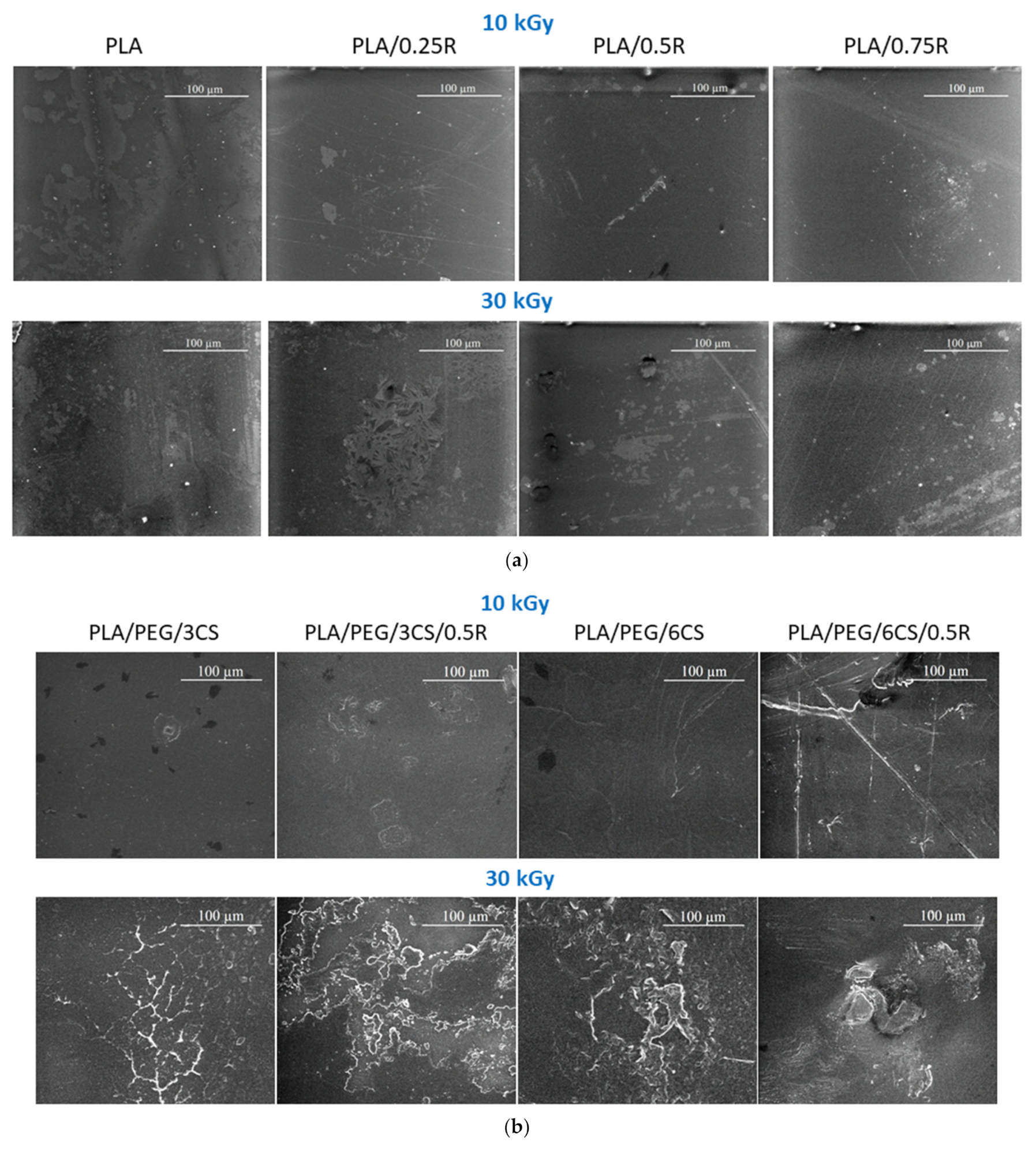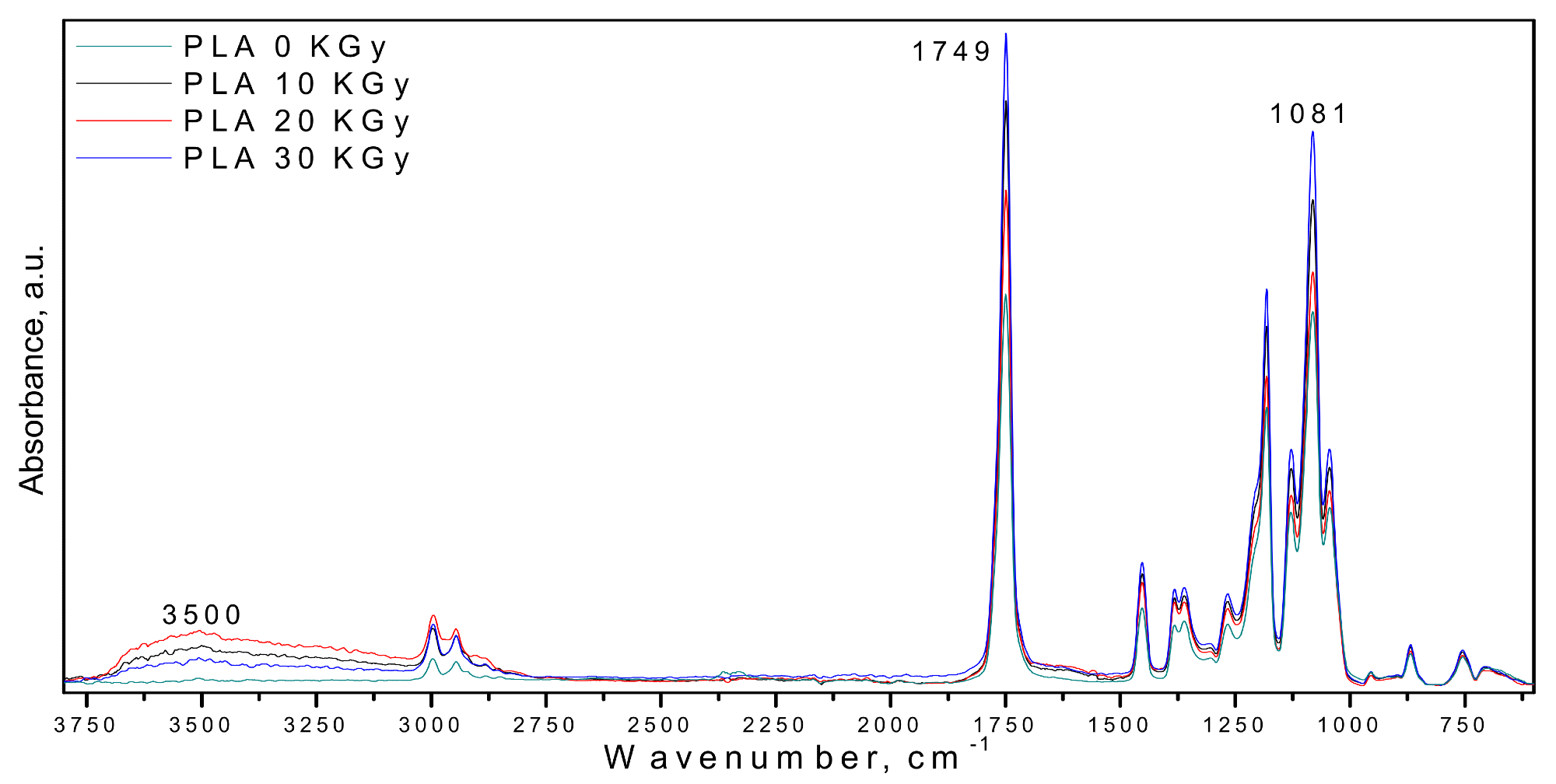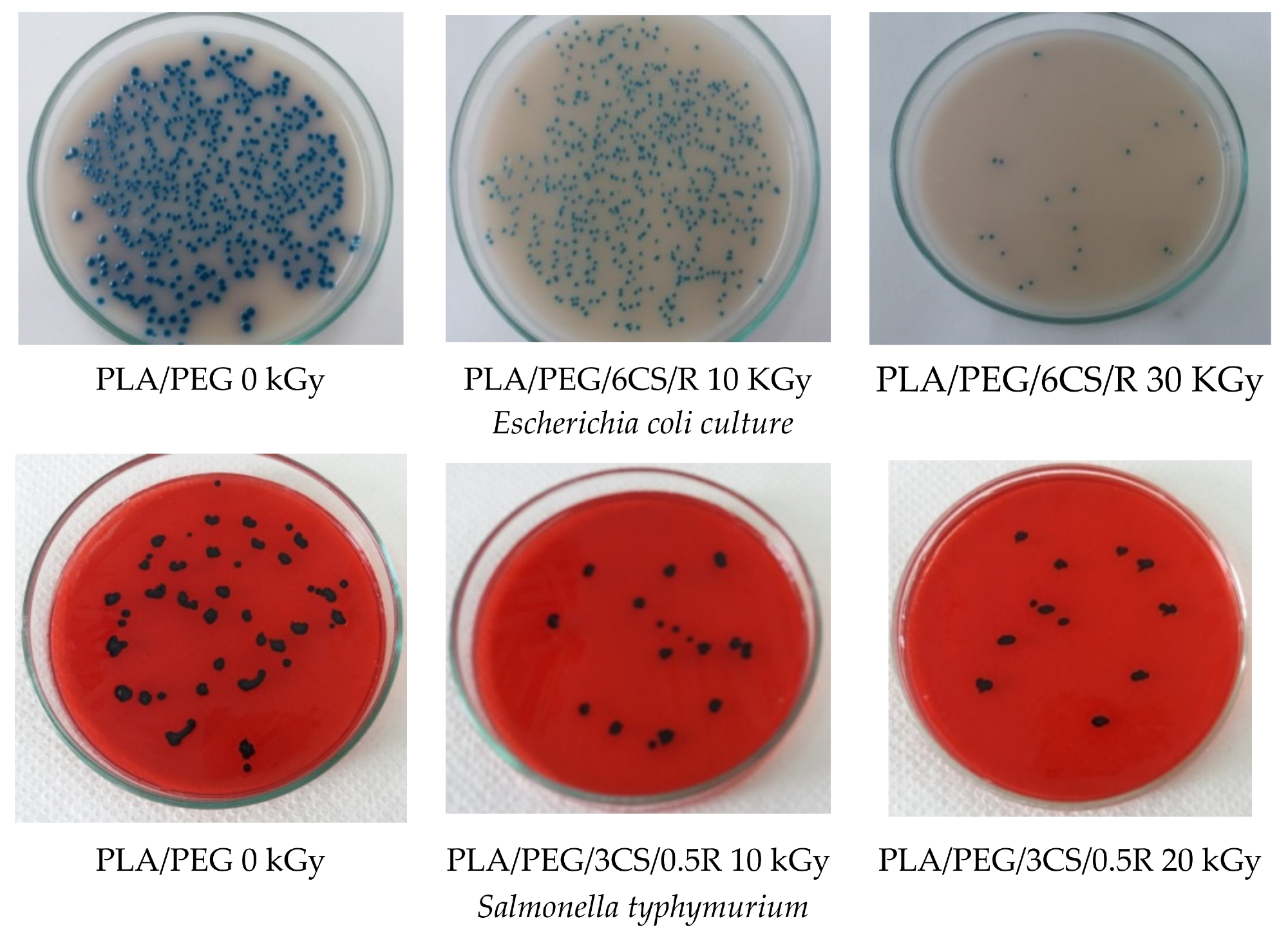 By Surbhi JainReviewed by Susha Cheriyedath, M.Sc.Apr 1 2022
By Surbhi JainReviewed by Susha Cheriyedath, M.Sc.Apr 1 2022In an article recently published in the open-access journal Polymers, researchers investigated the effect of gamma irradiation on poly(lactic acid) (PLA)-based biocomposites and blends with chitosan and rosemary ethanolic extract.

Study: Effect of Gamma Irradiation on the PLA-Based Blends and Biocomposites Containing Rosemary Ethanolic Extract and Chitosan. Image Credit: sakkmesterke/Shutterstock.com
Background
Ionizing radiation for the irradiation of food, pharmaceuticals, and their packaging is a common method used to improve the safety and preservation of various goods. Irradiation of sensitive health care goods with food items in a package can lead to the migration of radiolysis breakdown products released during irradiation into the food. A slew of key technological breakthroughs, including irradiation, have aided in the creation of higher-strength, high-performance polymeric materials with outstanding food packaging properties.
Gamma-irradiation technology could be used as an extra treatment for polymeric materials to aid their integration into the environment, or even as a replacement for traditional (mechanical and chemical) treatments, with economic and environmental benefits. In recent decades, the global market for biodegradable polymers, composites, and mixes has grown.
PLA microbial degradation necessitates the development of efficient recycling technologies. As bioactive antimicrobial/antioxidant agents, chitosan and rosehip seed oil or rosemary extract performed synergistically to extend the shelf life of packaged items. These biocomposites demonstrated increased processability as well as physical-mechanical, thermal, water vapor barrier, antioxidant, and antibacterial properties, making them appropriate for food packaging.

SEM pictures of the surface of the PLA and PLA/R blends (a), and of PLA/PEG/CS and PLA/PEG/CS/R biocomposites (b) at various gamma irradiation doses; magnification 1000×, scale—100 µm. Image Credit: Vasile, C et al., Polymers
About the Study
In this study, the authors discussed the impact of gamma irradiation on various PLA-based blends and biocomposites and their potential in medical applications or food packaging. Fourier Transform Infrared Spectroscopy (FTIR), Scanning Electron Microscopy (SEM), thermogravimetry (TG),
Differential Scanning Calorimetry (DSC), migration studies, chemiluminescence technique (CL), and antibacterial activity tests against Escherichia coli, Salmonella Typhimurium, and Staphylococcus aureus were used to assess the effect of irradiation on PLA/(20 wt%)PEG/(3-6 wt%) CS/(0.5%)R biocomposites and PLA/(0.25–0.75 wt%) R blends. The effect of gamma irradiation in the oxidative conditions of PLA-based blends and biocomposites on the morphology, structure, and thermal properties of the materials was demonstrated. The role of the irradiation dose and the presence of natural additives like rosemary and chitosan, when compared to neat PLA, was also illustrated.
The researchers determined the effect of low-dose gamma irradiation on two types of newly developed polymeric materials based on PLA/rosemary ethanolic extract (R) blends and polyethylene glycol (PEG)-plasticized PLA, chitosan (CS), and R biocomposites. These materials were irradiated with gamma rays at three different dosages of 10, 20, and 30 kGy.
The team used several sensitive methods to evaluate structural and morphological changes, variation in the spontaneous emission of light from an electronically excited state of a species produced by chemical reactions occurring during gamma irradiation, variation in thermal properties, bioactive compound release, and antibacterial properties caused by gamma irradiation.

FTIR spectra of PLA at gamma irradiation doses of 0, 10, 20, and 30 kGy. Image Credit: Vasile, C et al., Polymers
Observations
The morphological evolution of irradiated biocomposites was impacted by the irradiation and the presence of natural additives like rosemary extract and chitosan, which were attributed to these alterations. The tested biocomposites were found suitable as biodegradable materials, and gamma irradiation was observed to be a viable solution for sterilizing such samples when utilized in the medical field at a level of 25 kGy, as well as for the treatment of polymer waste at greater doses.
The PLA-derived materials showed minor changes in properties and structure after gamma-irradiation with a dose of 10–20 kGy, which made them suitable for use as packaging, and their antimicrobial activity against Staphylococcus aureus, Escherichia coli, and Salmonella typhimurium was improved after irradiation with such doses.
For gamma-irradiated starch/chitosan/Ag nanocomposites, it was found that increasing the irradiation dose above 5 kGy decreased the composite solution viscosity, thermal stability, and overall crystallinity. The rate of polymer chain scission and oxidation increased as the irradiation dosage increased from 10 to 30 kGy.

Microscopical aspects of the three bacterial cultures in the presence of PLA-based systems before and after irradiation. Image Credit: Vasile, C et al., Polymers
Conclusions
In conclusion, this study elucidated that the incorporation of chitosan in the materials' composition accelerated their decomposition. The authors believe that irradiation could be a potential and sustainable ecological solution to affect the biodegradation behavior or stability of such materials, depending on the composition of the biocomposites and the irradiation dose.
They emphasized that the incorporation of natural components in PLA and subsequent irradiation should be a sustainable ecological and economical solution for conferring new characteristics to materials and could facilitate their environmental disintegration after usage without causing harm to the environment, thereby reducing waste.
Disclaimer: The views expressed here are those of the author expressed in their private capacity and do not necessarily represent the views of AZoM.com Limited T/A AZoNetwork the owner and operator of this website. This disclaimer forms part of the Terms and conditions of use of this website.
Source:
Vasile, C., Pamfil, D., Zaharescu, T., et al. Effect of Gamma Irradiation on the PLA-Based Blends and Biocomposites Containing Rosemary Ethanolic Extract and Chitosan. Polymers 14(7) 1398 (2022). https://www.mdpi.com/2073-4360/14/7/1398